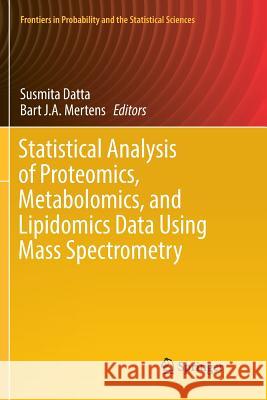Statistical Analysis of Proteomics, Metabolomics, and Lipidomics Data Using Mass Spectrometry » książka
topmenu
Statistical Analysis of Proteomics, Metabolomics, and Lipidomics Data Using Mass Spectrometry
ISBN-13: 9783319833774 / Angielski / Miękka / 2018 / 295 str.
Statistical Analysis of Proteomics, Metabolomics, and Lipidomics Data Using Mass Spectrometry
ISBN-13: 9783319833774 / Angielski / Miękka / 2018 / 295 str.
cena 685,93 zł
(netto: 653,27 VAT: 5%)
Najniższa cena z 30 dni: 655,41 zł
(netto: 653,27 VAT: 5%)
Najniższa cena z 30 dni: 655,41 zł
Termin realizacji zamówienia:
ok. 22 dni roboczych
Bez gwarancji dostawy przed świętami
ok. 22 dni roboczych
Bez gwarancji dostawy przed świętami
Darmowa dostawa!
Kategorie BISAC:
Wydawca:
Springer
Seria wydawnicza:
Język:
Angielski
ISBN-13:
9783319833774
Rok wydania:
2018
Wydanie:
Softcover Repri
Ilość stron:
295
Waga:
0.42 kg
Wymiary:
23.39 x 15.6 x 1.63
Oprawa:
Miękka
Wolumenów:
01
Dodatkowe informacje:
Wydanie ilustrowane











